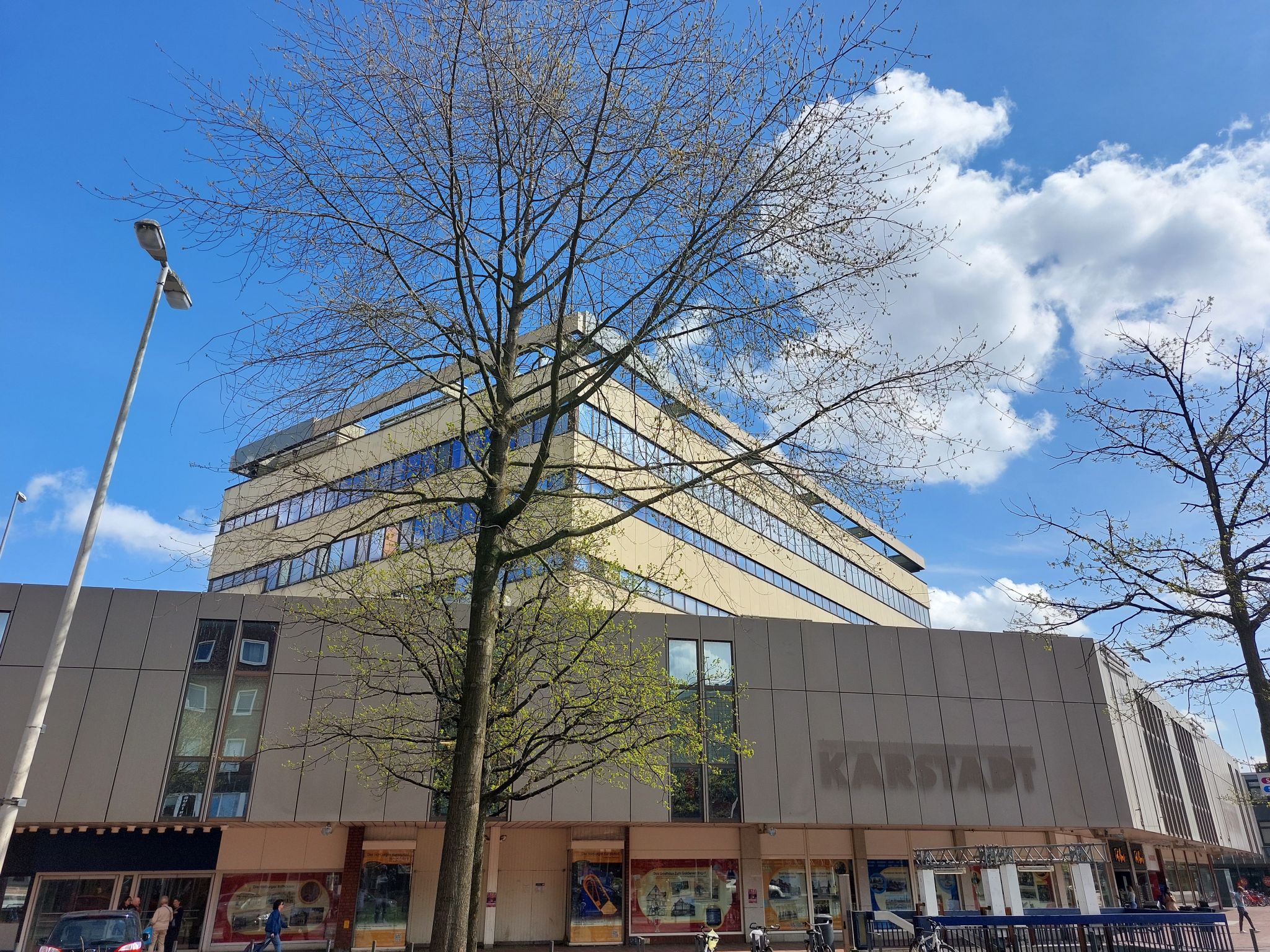The historic former Karstadt building in Hamburg-Harburg, a 100-year-old former department store and an important landmark in the district, is set to undergo a new chapter. Starting in 2025, the building will enter a renovation phase, with a variety of interim uses planned until 2032. Ideas for its future range from a museum and daycare center to inclusive housing and educational facilities, reflecting the building’s longstanding role as a social and cultural hub for the community.
As part of the EU-funded CircleBIM project, HafenCity Universität Hamburg (HCU) will use the Karstadt building as a pilot project to explore innovative applications of Building Information Management (BIM) in circular planning and construction processes for public buildings. The project aims to test how digital tools and processes can actively support material reuse, promote resource efficiency, and enable transparent, traceable material flows throughout the building’s lifecycle.
A key objective is to develop and trial model-based information management processes for managing public building stock, with the potential to establish the building as part of a regional material pool for future construction and refurbishment projects. To do this, the project will conduct a comprehensive digital assessment of the existing structure, including 3D scans, material inventories, and BIM modeling, helping to identify opportunities for reuse and inform the planning of both interim and long-term uses.
Importantly, the project will involve regional stakeholders through a series of workshops, ensuring that local knowledge, needs, and perspectives are integrated into the planning and decision-making process, strengthening both the social and environmental sustainability of the building’s transformation.

Image © HCU

HafenCity Universität Hamburg (HCU) is a specialized university focusing on the built environment and metropolitan development, actively engaging in interdisciplinary research and innovation projects like CircleBIM to promote sustainable, circular construction practices.
